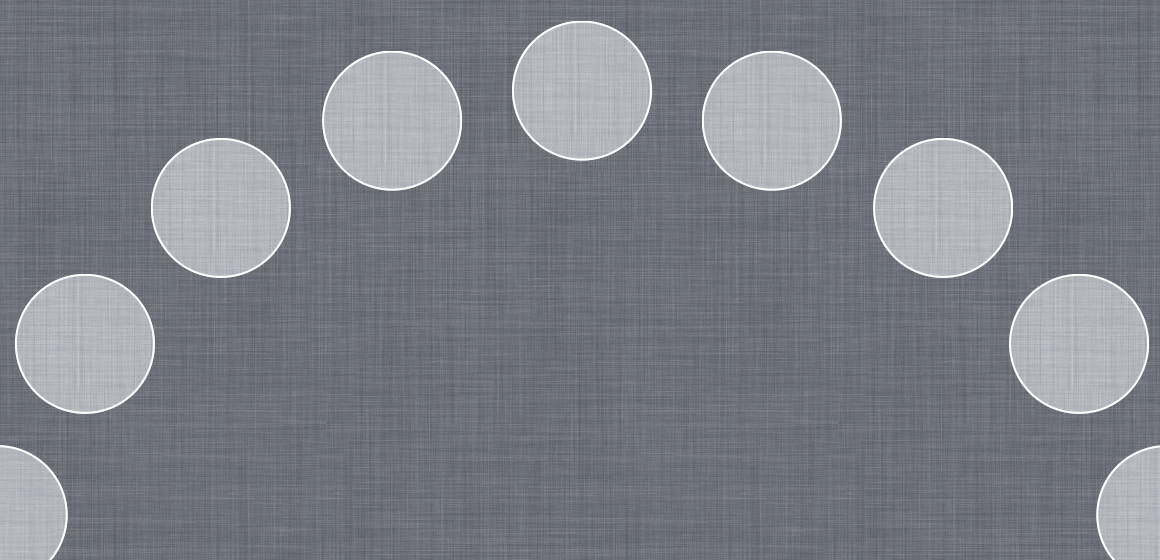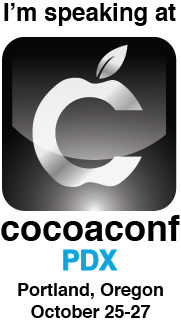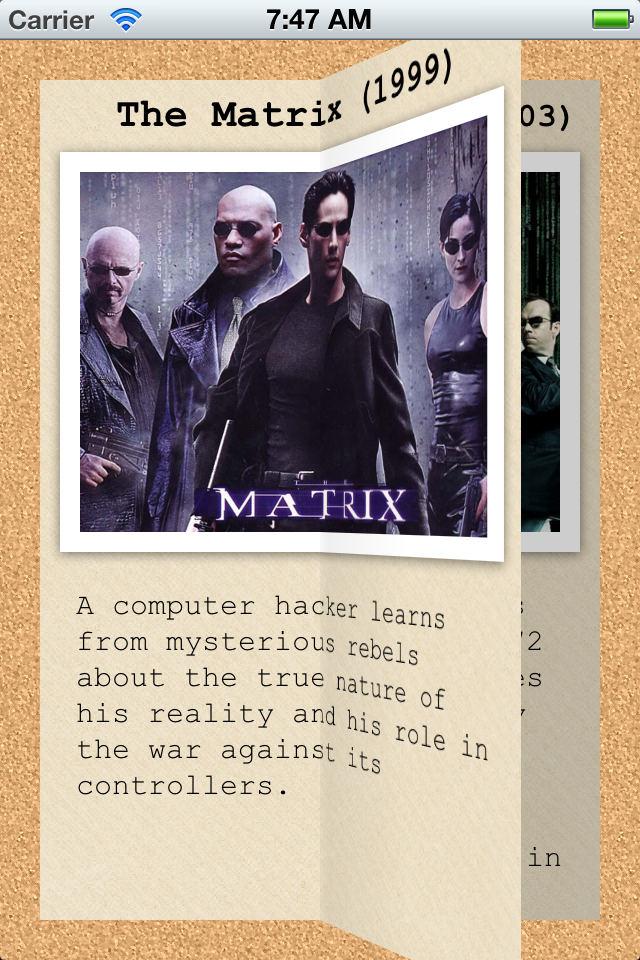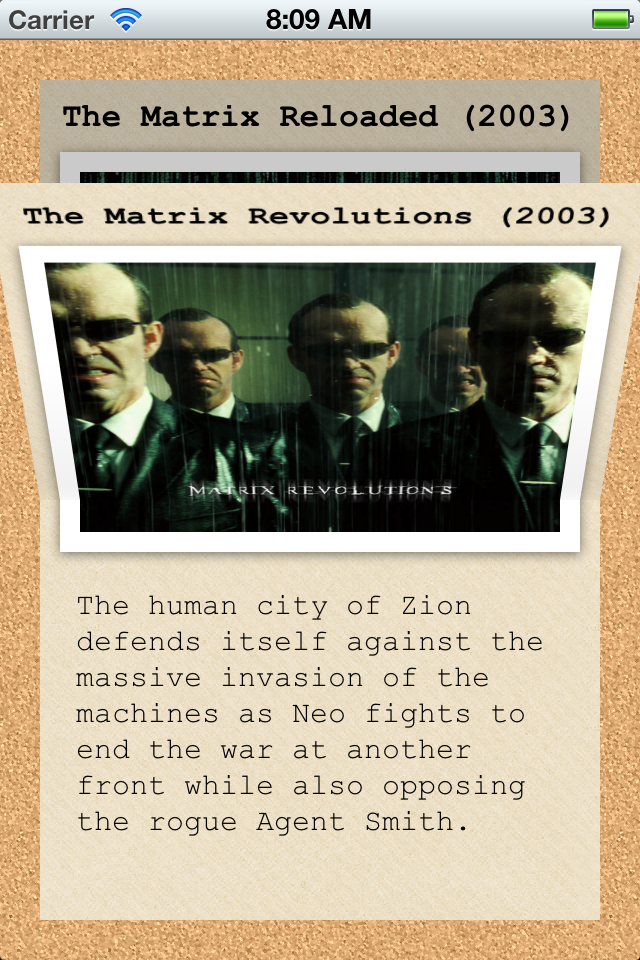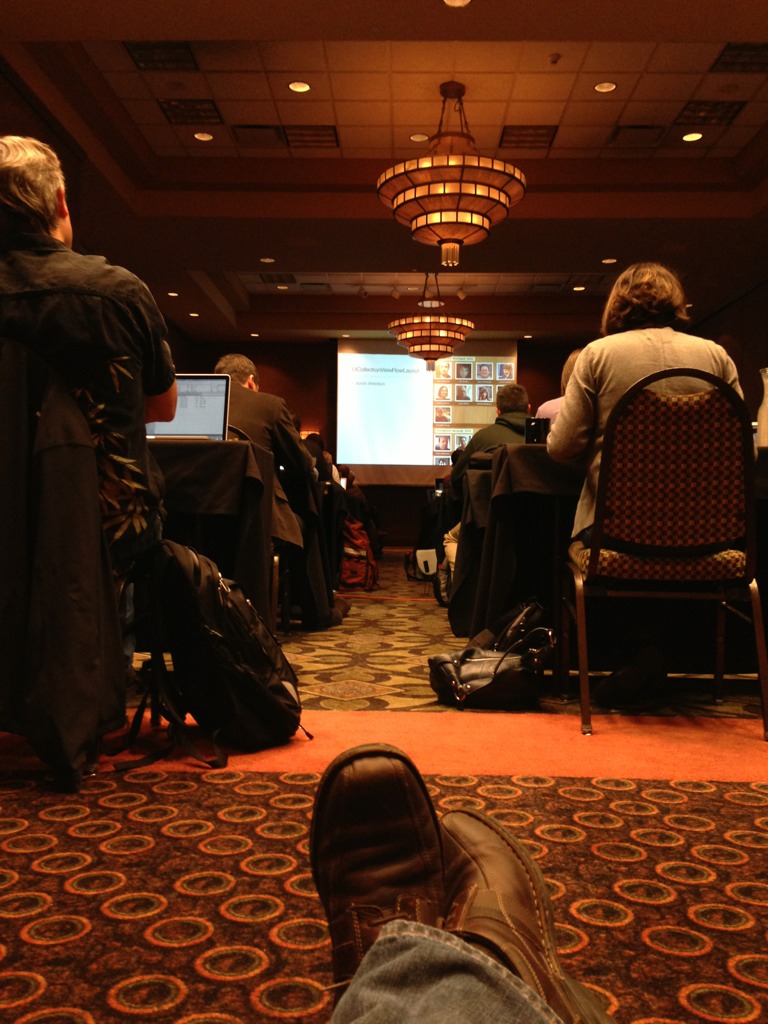
Last weekend I attended CocoaConf PDX in Portland, OR. Dave Klein really upped his game with keynotes from Daniel Pasco and Brent Simmons, and speakers such as James Dempsey and Collin Donnell. The event was sold out (the second one to do so I believe, the other being Chicago), so there was a good crowd of about 100 developers on hand. As always it’s a great vibe with so many people eager to learn and share.
Recap
I presented talks on matrix transformations and collection views. This was the 4th time I’ve given my matrix transformation talk, “Enter The Matrix: Reloaded“, and I feel like it’s really starting to hit its stride. I revamped it in August to include a lot more information about flipping and folding animations as well as some general graphics performance tips. Apparently it was voted the 2nd favorite session of the conference, losing out by a single vote to Jonathan Penn‘s UIAutomation talk. I consider that a great compliment because Jonathan is a fantastic speaker and his automation talk is really a lot of fun (no, really!) and gets the crowd cheering by the end. The slides are available here and the code is on GitHub.
My second talk, “Introducing Collection Views”, was a new talk. I sought to cover the basics of collection views, layouts, and attributes while also covering the more advanced topics of custom layouts and animations and providing specific tips borne from personal (sometimes painful) experience. The talk is accompanied by a sample app that displays a single collection view with five different layouts. The slides are here and the code is on GitHub.
Next
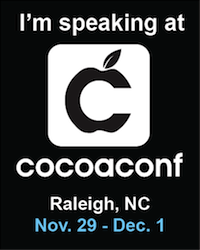
I will be presenting at CocoaConf RTP in Raleigh, NC at the end of this month. Tickets are still available and it looks to be another great conference. Bill Dudney will be there (including an all-day graphics tutorial) – need I say more?
I will be presenting the same two talks for Raleigh. I’m looking forward to the additional polish and reworking I can bring to the collection views talk for its second rendition.
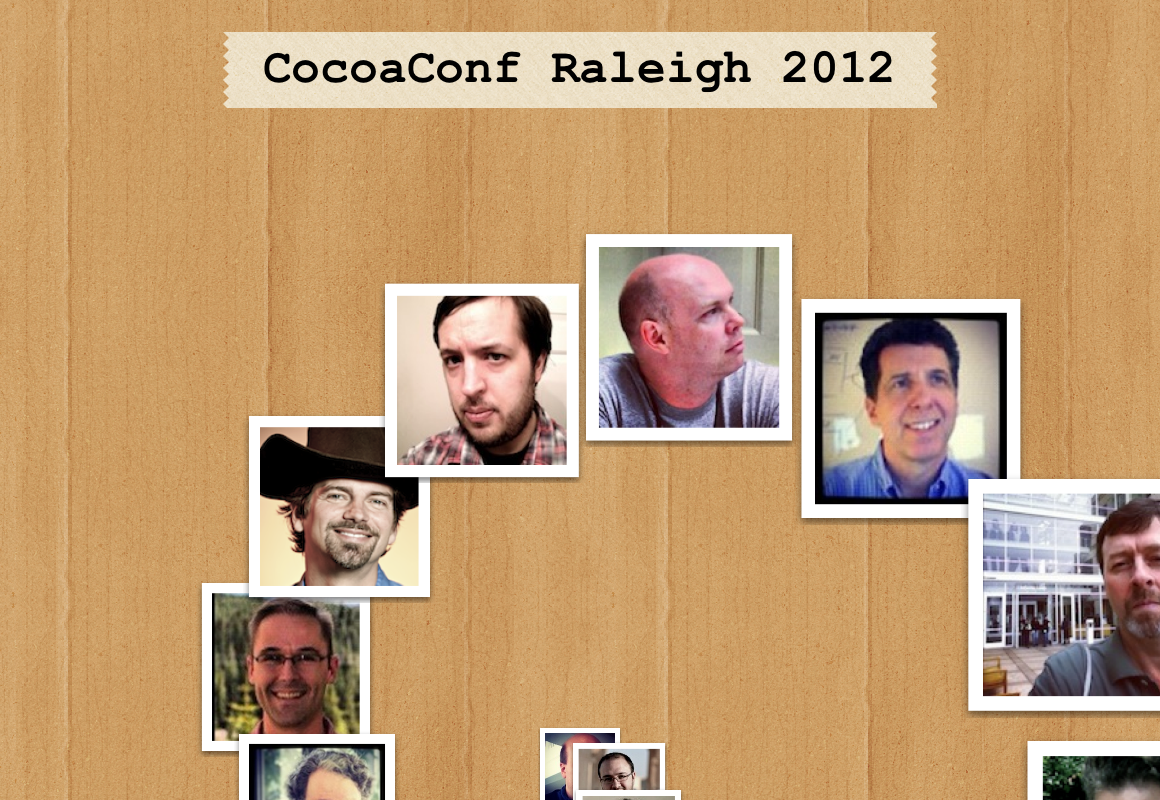
Title: Introducing Collection Views
Abstract: UICollectionView, introduced in the iOS 6 SDK, is Apple’s new class for visualizing data in a grid or really any format other than a vertical list. We’ll cover the basics and then explore the intricacies of UICollectionViewLayout, UICollectionViewFlowLayout and related classes. Along the way we’ll learn how to make both horizontal and vertical grids, cover flow, iPhoto-like stacks, and other custom layouts. Apple has provided yet another tool that makes it easier and faster for you to provide rich experiences for your users – come learn how to hit the ground running with UICollectionView. Plenty of source code will accompany the talk.
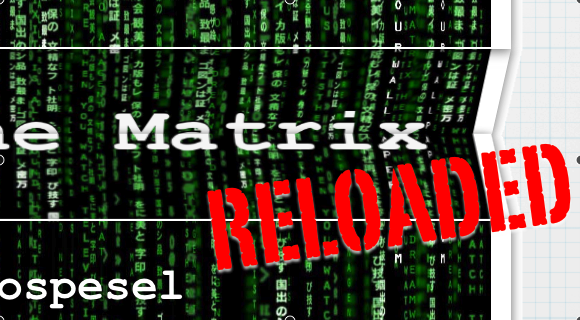
Title: Enter The Matrix: Reloaded
Abstract: Matrix transformations can make your user interfaces come to life: translate, scale, and rotate. Each on its own is relatively simple and straightforward. Yet many developers are daunted when 2 or more operations need to be combined. What if you need to rotate or zoom about an off-center (or even off-screen) point? How do you combine multiple transformations into a single animation? How do you make advanced, polished 3D animations such as folding and flipping views? Learn everything you need to know to get started with complex matrix transformations in CoreGraphics and CoreAnimation and take an in-depth look at folding and flipping animations. We’ll also cover related topics such as anti-aliasing, avoiding off-screen render passes, shadows, and rendering retina images. Tons of demos and full open-source source code provided.
I hope to see you in Raleigh at the end of the month – it’s going to be a good time!
